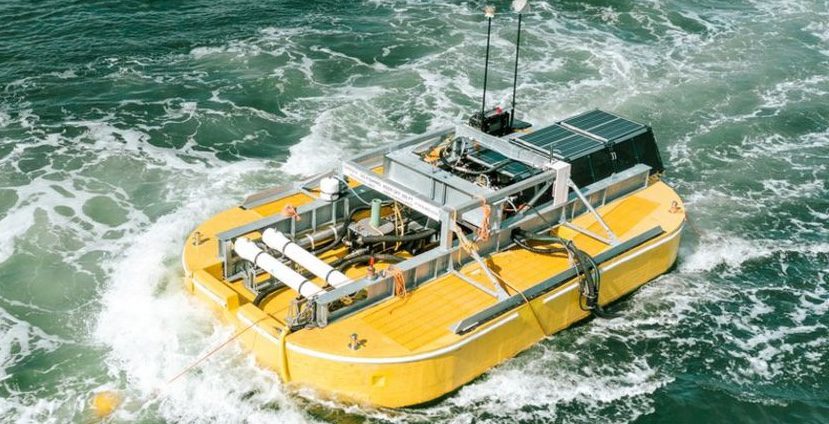Water scarcity is a critical issue affecting billions around the globe, with the United Nations predicting that by 2025, two-thirds of the world’s population may face water shortages. Traditional desalination methods, which turn seawater into drinkable water, are energy-intensive and environmentally burdensome. However, a promising solution emerges from Oneka Technologies, a company that leverages wave power to drive a more sustainable approach to desalination. This article delves into how Oneka Water’s innovative technology works and its implications for addressing global water scarcity.
Oneka Technologies: Pioneering Wave-Powered Desalination
Founded with a vision to provide clean, accessible water without exacerbating climate change, Oneka Technologies has developed a unique desalination system powered by the energy of ocean waves. This system is designed to operate completely off-grid, utilizing the natural motion of sea waves to generate the power needed for desalination, thereby eliminating the reliance on fossil fuels.
How Oneka’s Desalination Technology Works
Oneka’s desalination units, also known as “water buoys,” are autonomous floating platforms that use the up and down motion of ocean waves to power a desalination process. Here’s a step-by-step look at the operation:
- Wave Capture: Each buoy is anchored to the ocean floor but floats on the surface. As waves lift and drop the buoy, this movement drives a hydraulic system.
- Hydraulic Pressure System: The kinetic energy from the waves is converted into hydraulic pressure. This pressure is then used to force seawater through a reverse osmosis membrane, a common method in desalination, but typically powered by electric pumps in traditional setups.
- Reverse Osmosis (RO): Under high pressure, seawater is pushed through the RO membrane, which filters out salts and other impurities, producing fresh water.
- Water Collection: The fresh water is then either stored in tanks within the buoy for later collection or transported to shore through an underwater pipeline.
- Maintenance and Monitoring: The buoys are equipped with sensors and satellite communications to monitor performance and facilitate maintenance, ensuring efficient operation.
Key Features of Oneka’s Wave-Powered Desalination
- Sustainability: The system operates without any fossil fuel, significantly reducing the carbon footprint compared to conventional desalination plants.
- Scalability: Multiple buoys can be deployed depending on the water demand, making the system highly adaptable to needs ranging from small communities to large cities.
- Reliability: Wave energy is more consistent and predictable than solar and wind, providing a reliable power source for continuous operation.
- Environmental Impact: The buoys are designed to have a minimal impact on marine ecosystems. They are anchored in such a way that they do not disturb the ocean floor, and their operation is relatively quiet, avoiding disruption to marine life.
Global Impact and Future Potential
Oneka’s technology is not just innovative; it’s transformative with the potential to significantly impact global water scarcity challenges. The systems are particularly beneficial for remote or island communities, where importing fresh water is costly and logistically challenging. By providing a source of clean water that is both sustainable and economically feasible, Oneka Water buoys can help mitigate the effects of drought and reduce dependence on dwindling freshwater sources.
Challenges and Considerations
Despite its potential, the deployment of wave-powered desalination faces challenges. The initial setup and maintenance costs, the need for suitable geographic conditions where wave energy is sufficient and consistent, and potential regulatory hurdles in deploying buoys in territorial waters are all factors that could affect scalability and adoption.
Conclusion
Oneka Technologies presents a compelling case for how innovation can align with environmental stewardship to tackle some of the world’s most pressing issues. The integration of wave power with water desalination represents a significant step forward in sustainable technology, offering a viable solution to water scarcity that could be adapted and implemented worldwide. As global demand for freshwater grows, technologies like that developed by Oneka Water will be crucial in ensuring that this demand is met in an environmentally responsible and sustainable manner.

